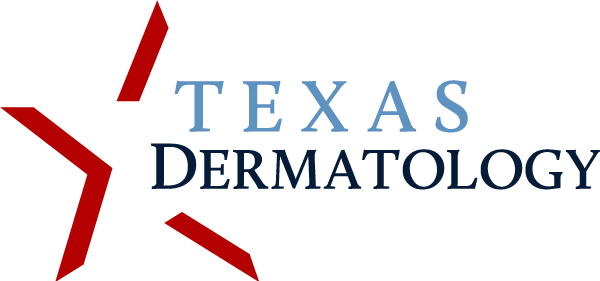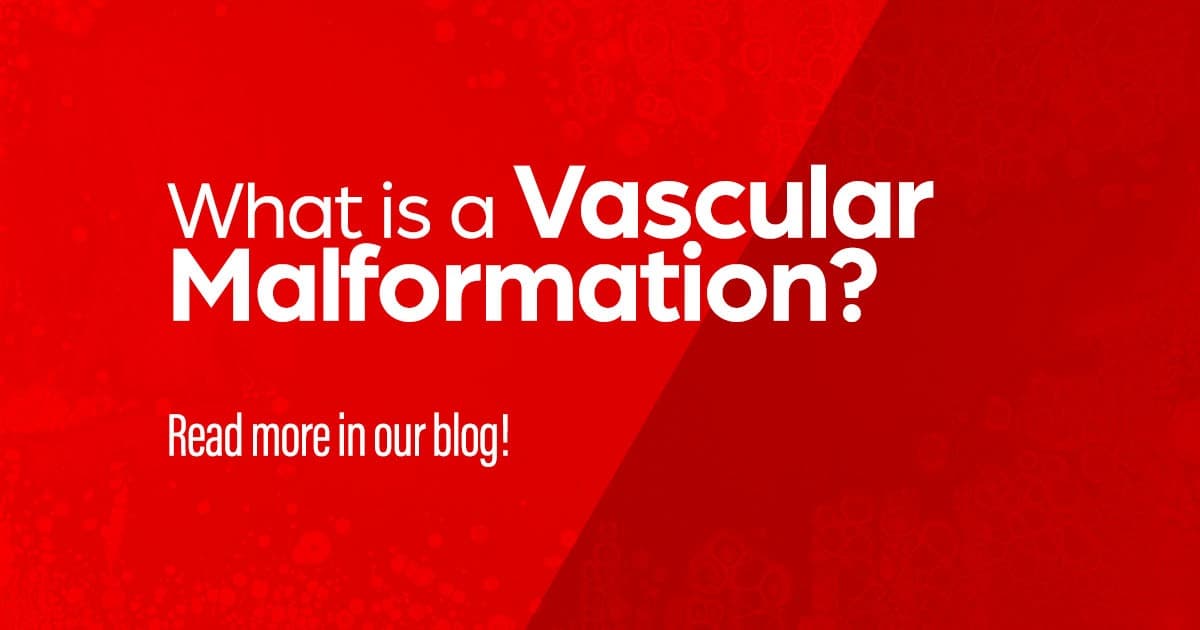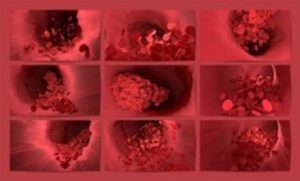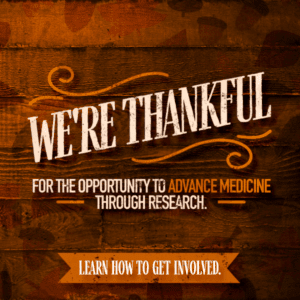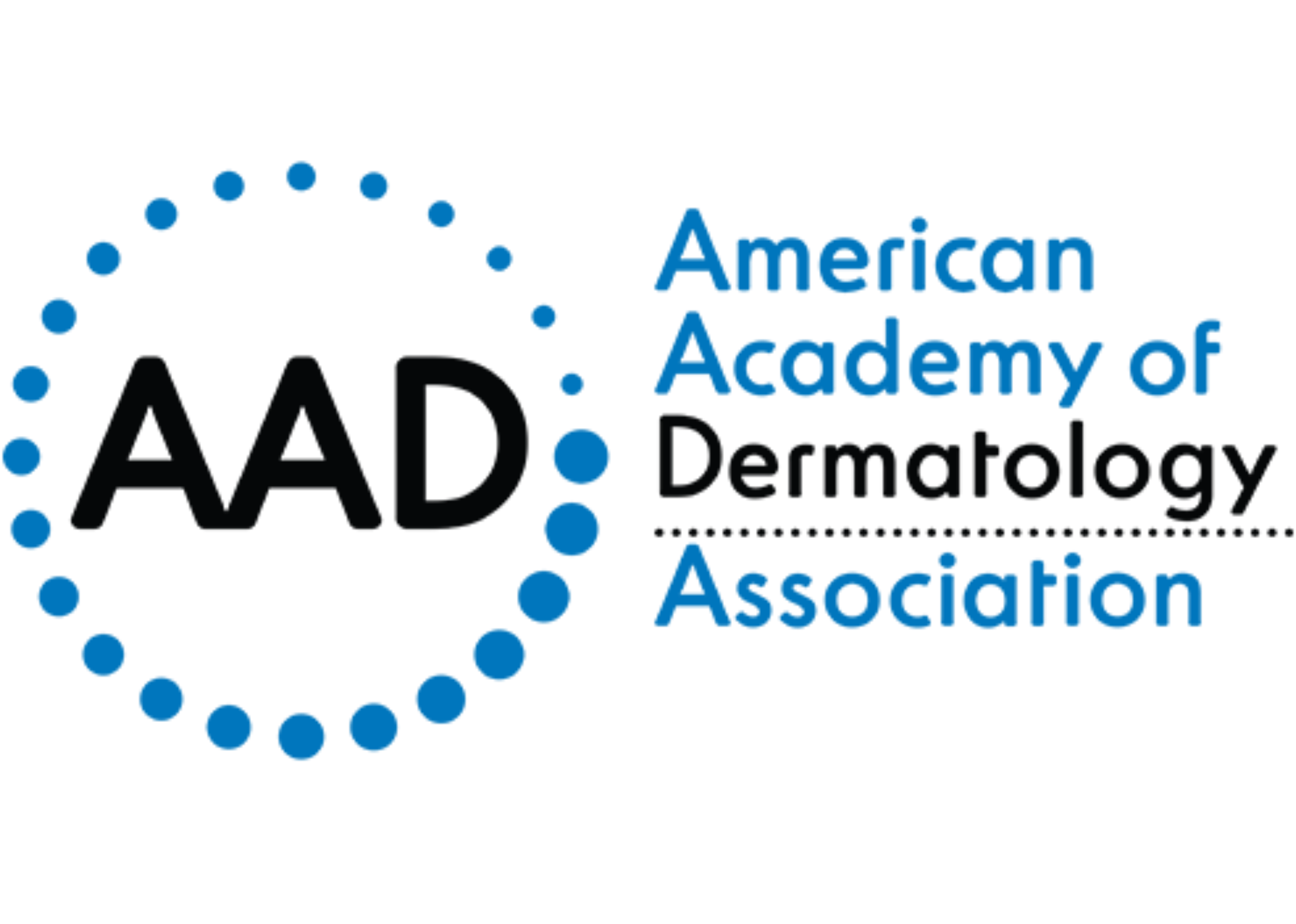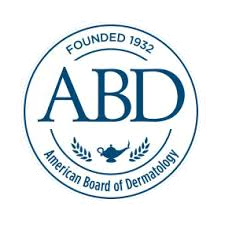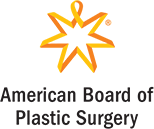Vascular malformations can cause cosmetic and functional abnormalities in the veins, blood vessels, capillaries, lymph nodes, and arteries. They are typically present at birth but can also appear days or weeks after. Some vascular malformations occur on the skin and do not require treatment, while others are internal and can lead to severe complications if not treated. There are several types of vascular malformations, and all range in severity and how impactful they are to daily life. We are going to cover three of those types and how research is providing potential new options.
Types of Vascular Malformations
Vascular malformations are birthmarks or type of growth. They are categorized by which type of blood vessel is primarily affected. These abnormalities may also accompany a variety of genetic or inherited syndromes, which is why the multidisciplinary approach is needed to make sure each patient’s symptoms are being fully treated. Here are facts on three of those types:
Venous Malformation
Venous malformations are the most common type of vascular malformation. They are dilated or abnormal groups of dilated veins that develop in the womb.
- Symptoms: The veins can slowly dilate with age, causing visible distortion of the overlying skin as the veins swell with blood.
- Treatments: Compression garments and non-steroidal anti-inflammatory medication for pain from clotted vessels, and reduce clotting tendency.
- Impacts on Daily Life: Trauma can rupture weakened dilated vessels and cause hematomas. Blood flow is sluggish in affected veins making patients more susceptible to clotting issues.
Lymphatic Malformation
Lymphatic malformations cause abnormal development of the lymphatic system. Fluid-filled channels or spaces result from these abnormalities and form rare non-malignant masses. The masses can range in size and be located in various areas of the body.
- Symptoms: Symptoms become present when the growths compress or obstruct nearby structure and depend on size and location. For example, malformations involving the tongue, windpipe, or mouth can lead to breathing difficulties.
- Treatments: Percutaneous drainage, surgery, sclerotherapy, laser therapy, radiofrequency ablation, or medical therapy are common treatments used individually or in combination.
- Impacts on Daily Life: Recurrent inflammation or bleeding into the malformation can lead to cellulitis, disfigurement, and pain.
Mixed Venolymphatic Malformation of Skin
Venolymphatic malformations affect both the lymph vessels and veins. When both the lymphatics and veins are abnormal, lymphatic cysts develop.
- Symptoms: Lymphatic cysts that contain blood or varicose veins appear with lymphedema (swelling) in the affected area. Skin abnormalities also result in dark purple crusts called angiokeratomas.
- Treatments: A combination of laser, sclerotherapy, and surgical debulking are the standard treatment methods. Compression garments are also used to prevent recurrence after treatment.
- Impacts on Daily Life: Increased risk of infections and clotting issues.
The continued scientific study of vascular malformations is an important and growing area of research. Breakthroughs in the laboratory help better understand these conditions, develop potential new treatments, and improve patient quality of life. To learn more about our vascular malformation studies looking into new options here at Texas Dermatology, call (210) 728-3919, or visit our website.
References:
https://www.chop.edu/conditions-diseases/vascular-malformations-combinations-and-syndromes
